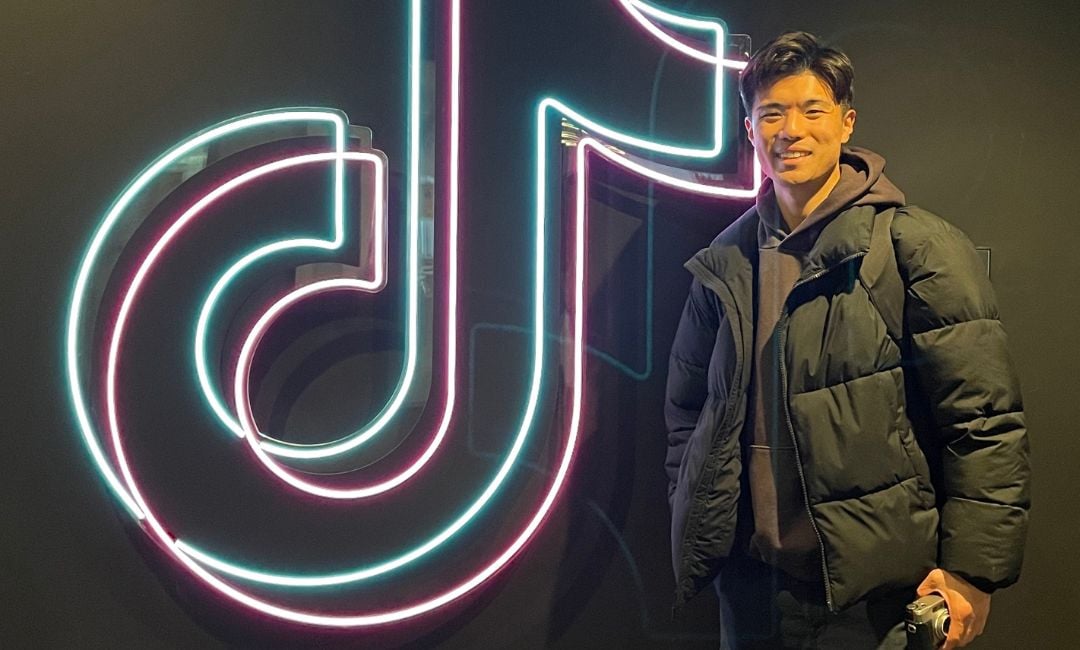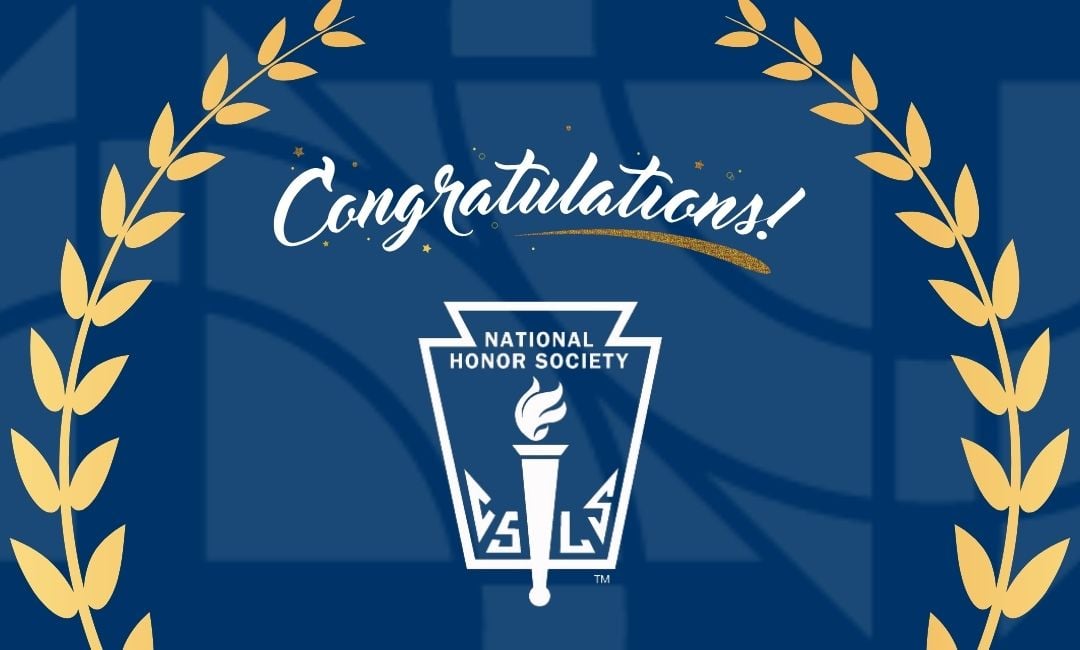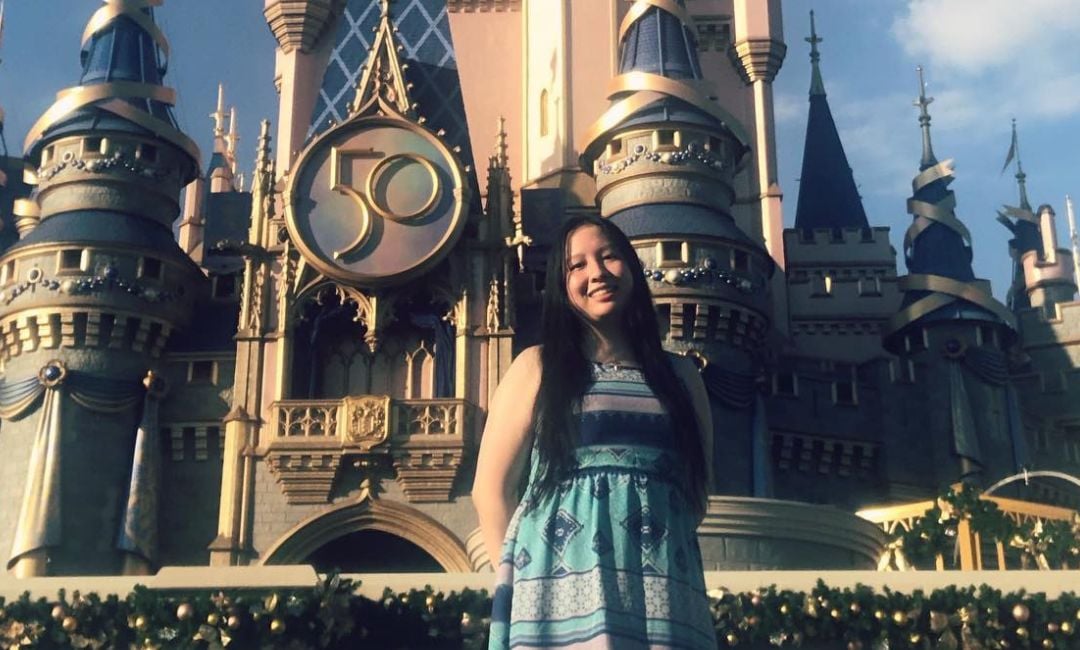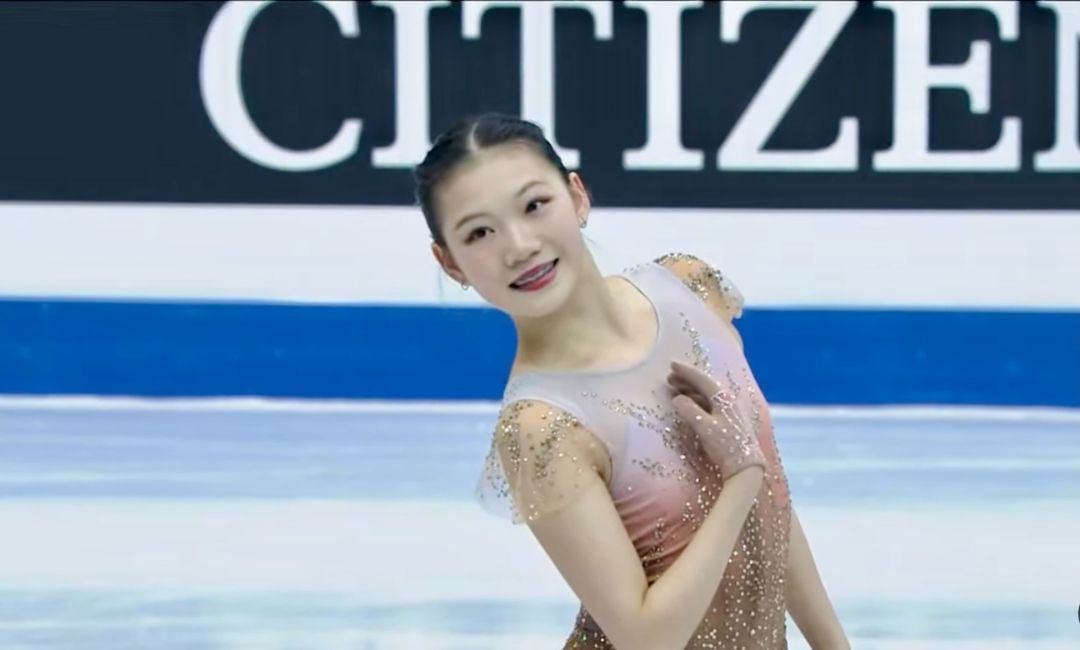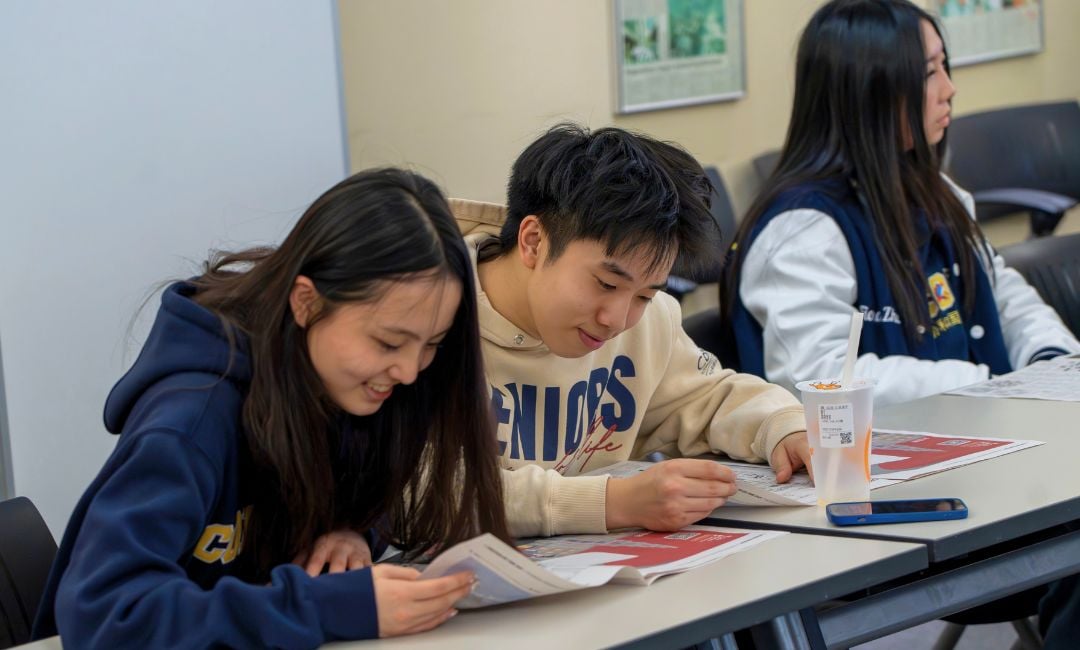It is within the classroom that creative learning and its ally, the skill of creativity, are blended together to provide learning experiences designed to address the needs of students to become transformational change agents within the context of their world.
Creative learning versus creativity
In order to understand the role creative learning plays in the fostering of a 21st century skill set, one must first understand what is meant by the term. Creative learning is the delivery method or vehicle of learning designed by educators to engage students within classrooms with real-world applications of course content and skills. This, of course, happens at an age appropriate level so that students are progressively becoming more adept at engaging real world scenarios while developing their skills.
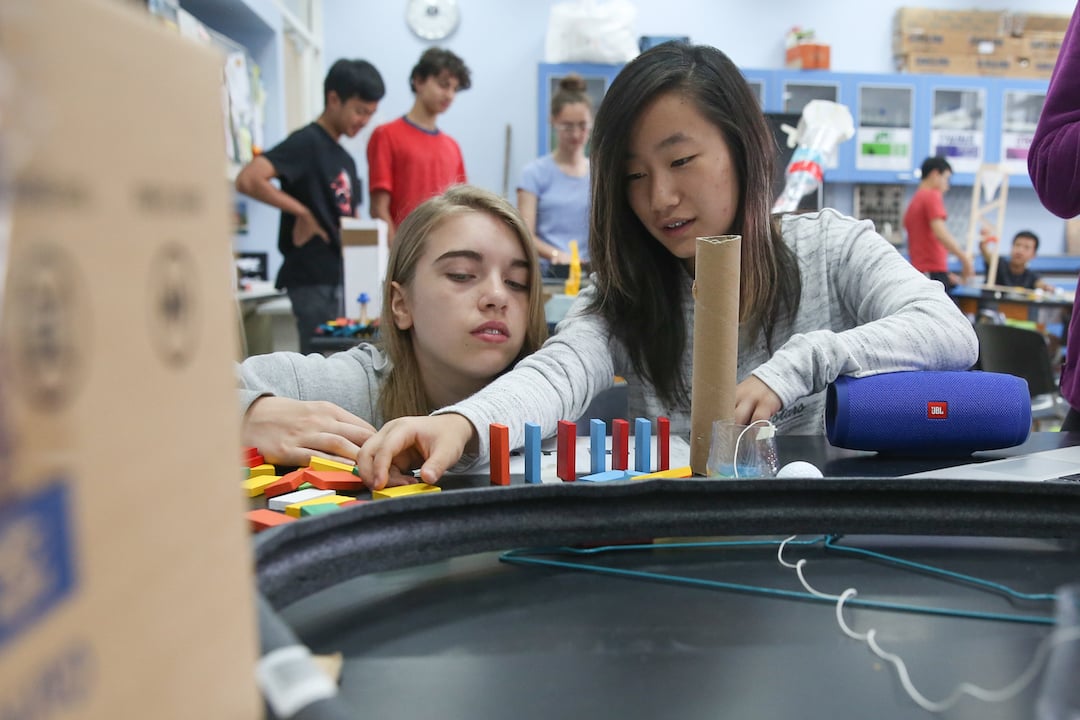
Creative learning’s design is by necessity one of collaboration amongst students. As they work together on projects, they are also able to explore their passions as individuals, bringing that understanding to the table as the group addresses the task at hand. The learning environment offered by the teacher is safe and supports individuals and groups taking risks as they engage in learning and practice skills.
Creativity on the other hand is the skill of creating something new, of addressing problems with viable new solutions after analyzing, understanding and connecting the dots or visible patterns. In short, it is what is required from each student to address these real-world problems. Creativity is a skill and therefore can be taught and practiced. Creative learning environments provide the opportunity for such practice.
Creative learning in Concordia's elementary school
In Concordia’s elementary division, the creative learning story is best told through examples. For instance, in a social studies unit on global citizenship, Grade Two students reflect on people, animals, and things on the planet that they care about. Each child’s reflection mirrors their unique personality, and as a group, they collaborate to analyze commonalities in their search for understanding of what it means to care for others, for animals, and the world we live in. Ultimately, the students use this understanding to articulate what it means to be a global citizen. Students interview community members to find out how others care for people, animals, and the planet. By first understanding themselves, they apply this understanding to teach other students how to be global citizens and how to bring about change by taking action for the things that are important to them.
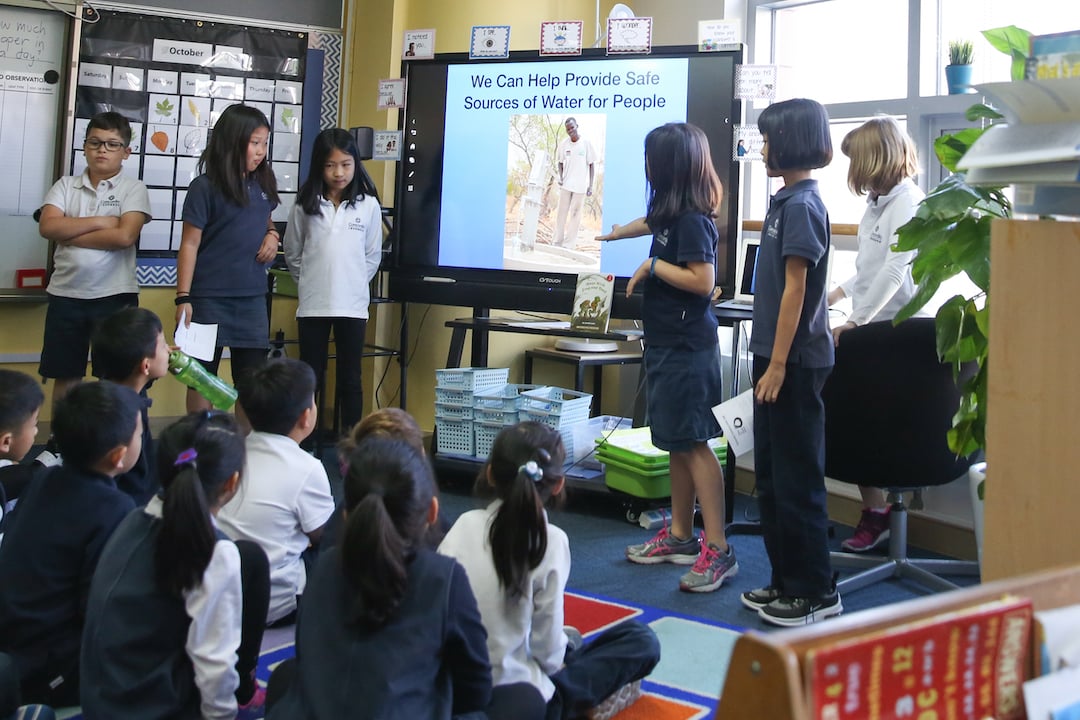
Similarly, the Grade Four classes have been learning about the complexities of our global society by looking at the United Nations’ Sustainable Development Goals (SDGs). These students are becoming more aware of overarching issues the world is facing and the connection between economics, education, people, culture, and our planet. As the students evaluate these connections, they learn how the choices they make create an impact that ripples far beyond them. At this young age, these students are learning how to use their voice and their opinions to advocate for informed decision making in order to ensure a more sustainable, equitable future for all.
Creative expression is often valued in musical performances, a piece of art, or a theatrical performance, however, instilling the value of creative expression in other subject areas is equally important. Creative learning provides students with the space and opportunity to practice creativity across the subject areas through projects that are engaging, that invite collaboration, and encourage growth of 21st century skills. Creative learning remains a vital transformational vehicle in the pursuit of educating students to lead change that will transform the future.
